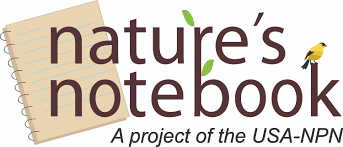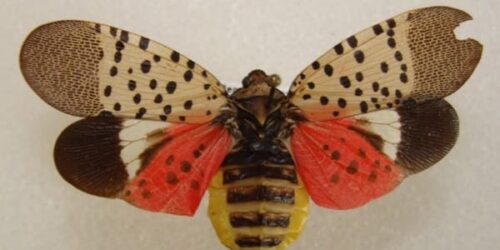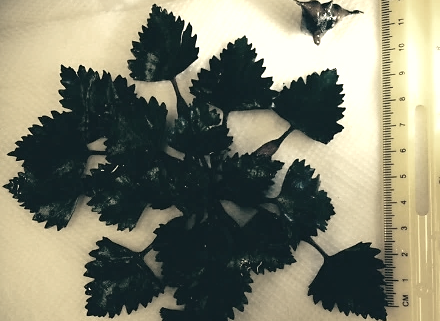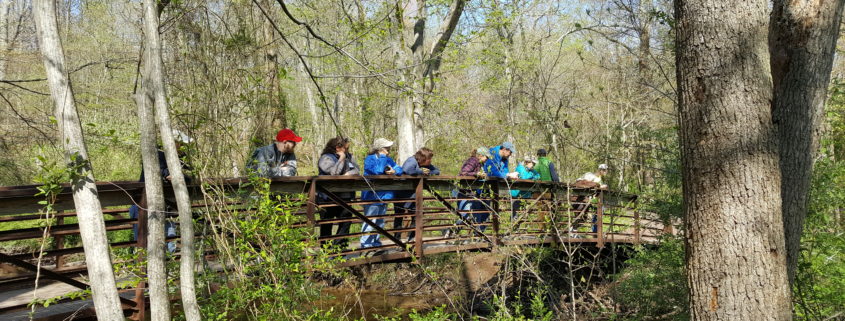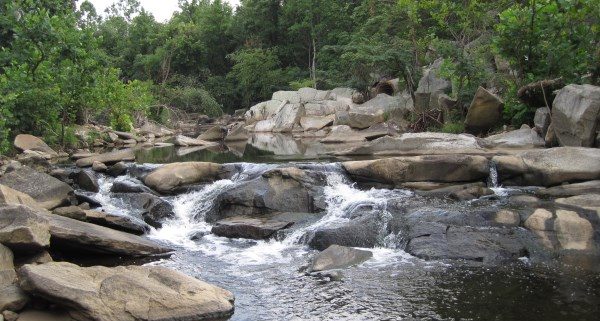Come to orientation for new volunteers at Riverbend and Scott’s Run, Nov 2
Photo: Ana Ka’Ahanui
Saturday, November 2
9:30 AM -12.30 PM
8814 Jeffery Road, Great Falls, VA 22066
Want to become a volunteer at Riverbend Park or Scott’s Run? Attend the Fall Volunteer Orientation to learn about opportunities, projects, and events. Positions for Animal Care Volunteers and Program Volunteers are currently open! If you want to get involved in park restoration/other projects, you are more than welcome to join us!
This session will run in two parts:
- Orientation for ALL new volunteers (9:30-10:30 AM)
- Orientation for specialties such as Animal Care, School Program Leads, and other projects.
Animal Care

Volunteer Claire Phan feeding a box turtle a fresh earth worm!
If you love animals this is the opportunity for you! Learn about local wildlife & become a caretaker to our rescued reptiles & amphibians.
Apply by 10/31 to [email protected]
Click here to register for Animal Care orientation and training.
School Program Leads

Volunteer Tom Blackburn showing students a soil sample
Love nature, science, and history? Become a program leader at Riverbend and help educate elementary students about Native American history, soils, wildlife, watershed science, biology & more!
Apply by 10/31 to [email protected]
Click here to register for becoming a School Program Lead Volunteer.
Resource Naturalists: Fall Planting Projects (14+ or w/ adult)
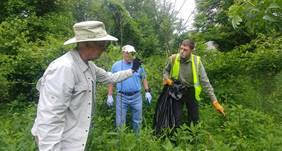
Chris Lansing educating volunteers on Mile a Minute clean up
Want to get involved in resource management, restoration, and conservation? Become a Resource Naturalist! We have a few planting projects to complete before winter.
Click here to register.
Email [email protected] with questions and to RSVP fo orientation on Nov 2
Scott’s Run Cleanup Group! (14+ or w/ adult)
Join the SRNP Cleanup Group! Open for students, families, and anyone interested in keeping the park and Potomac river free from litter.
Click here to sign up for fall cleanup days
Want to schedule your own group cleanup? Email Valeria Espinosa!
Scout Programs Assistant Volunteer! (18+)
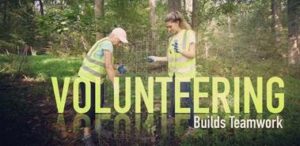
Interested in supporting our girl scout and boy scout programs? Join our interpretive team and learn about outdoor/nature education!
Click here to sign up
Final Birding Walks!
Friday 10/4 and 10/18 from 8-10 AM @Nature Center
Don’t miss the final birding walks with Kris Lansing and Robin Duska. To sign up email Valeria Espinosa or call 703-759-9018



